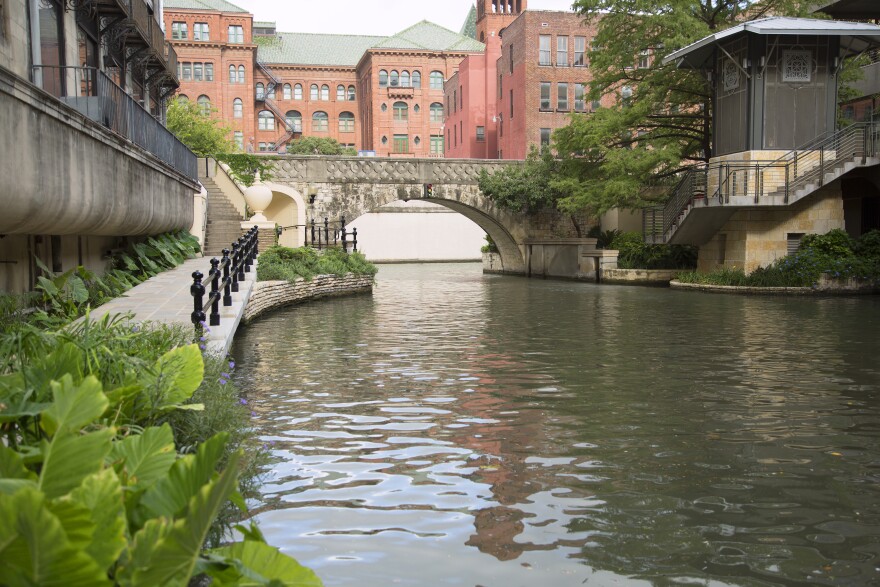It was 20 years ago this week that a flood caused 25 deaths and hundreds of millions of dollars in damage.
Nearly 16 inches of rain fell across the region in just five days, but much of San Antonio was spared, according to a city official.
Nefi Garza, an assistant director with the city’s Transportation and Capital Improvements Department, credits the city's efforts to modernize its flood control system.

Garza said by the time the October rains came, work had been just completed on the San Antonio River Tunnel, one of two underground tunnels that allow floodwater to pass underneath downtown.
The San Antonio River Tunnel has a north side inlet near Josephine Street and U.S. 281 and a South Side outlet near the San Antonio River.
Garza said that may have played the biggest role in sparing downtown from any flood water not stopped by the Olmos Dam.
He said the total damage could have exceeded the $100 million cost of the tunnel.
“During that event, the tunnel paid for itself in the damages avoided. Interestingly enough, the tunnel got completed four or five months before the actual flood event,” he said.
The other major tunnel under downtown is the San Pedro Creek Tunnel. It has a north inlet at the interstates 10 and 35 interchanges and a south outlet near San Pedro Creek.

A series of floodgates along the Riverwalk also help control flood waters through downtown.
Garza said the water the Riverwalk tourists see flowing past them is usually stormwater recirculated out of the San Antonio River Tunnel, especially during dry weather.
“We have the ability to recirculate the water that we have captured, so the tunnel is always full, and the way I explain it is that the water you see on the barges downtown is not our Edwards Aquifer drinking water — that’s floodwater that we’ve captured," he said.

The nearly 100-year-old Olmos Dam was also a big defender of the city during the 1998 rains. Flood runoff from a 32-square mile area of the city, stretching to I-10 and Loop 1604, backed up behind the dam.
Garza said the area from below the dam and stretching north to Quarry Market was more than two-thirds full in ‘98. The area is used in every flood to hold excess water.
Since the 1998 flood, Garza says the city has spent two billion dollars on flood control improvements, much of it supported by voters.
Brian Kirkpatrick can be reached at brian@tpr.org






